
30 Best Outdoor Team Building Activities in Malaysia
Let’s face it. Most people groan when they hear the words “team building”. Not because they don’t want to bond… but because so many sessions end up feeling either too forced, too boring, or just irrelevant to real teamwork.
But here’s the truth: when done right, team building can actually be the spark that re-energizes your entire company culture. What works even better is when you take it outside. That’s the power of outdoor activity team building.
Malaysia is rich with diverse landscapes from urban cityscapes and tranquil parks to tropical beaches and lush rainforests. And that means you don’t need to fly overseas to give your team a world-class bonding experience.
Let’s explore 30 outdoor team building activities across Malaysia, grouped by location and matched with:
- What kind of activity
- Why it works for team building
- Who it’s best for
- When to go (like when is the best season to visit)
Want the full picture of team building in Malaysia? Check out The Ultimate Guide to Team Building in Malaysia for strategies, formats, and expert tips.
Kuala Lumpur & Selangor
1. The Amazing Race — KL Sentral to Merdeka 118
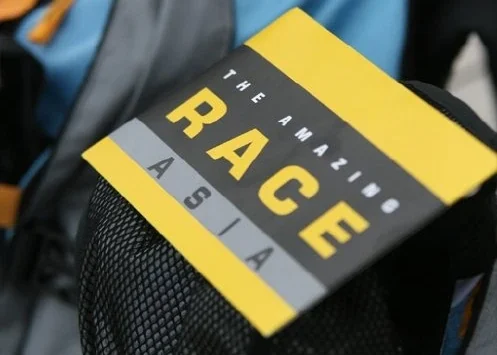
Picture this: your team’s running through the streets of KL with only a map, a WhatsApp group, and sheer teamwork to rely on. They decode clues at Central Market, tackle a puzzle in Chinatown, and wrap up with a group photo in front of Malaysia’s tallest skyscraper.
Why does it work?
Fast-paced, exciting, and reveals team roles naturally (who leads, who thinks, who supports).
Best for what kind of team?
Mid-sized corporate teams who love a bit of chaos.
When should you plan for this outdoor activity team building?
Avoid November to January because KL’s rainy tantrums aren’t part of the fun.
2. FRIM Jungle Trek + Silent Team Tasks
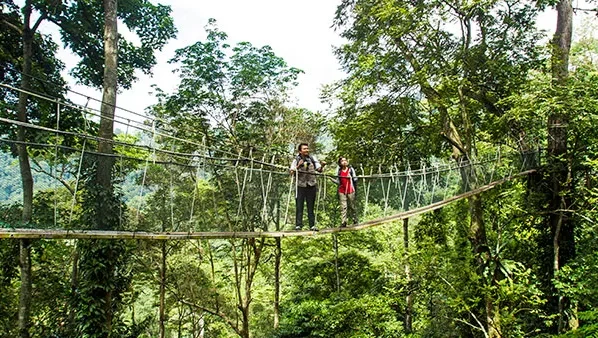
You don’t need to go far for forest therapy. At FRIM, just 30 minutes from the city, you can combine a guided jungle trek with timed challenges like “cross-the-stream” or “silent line-up by birthday.” The setting calms, but the tasks activate.
Why does it work?
Nature disarms egos. And with limited tools, collaboration becomes instinctive.
Best for what kind of team?
Cross-functional or newly merged teams.
When should you plan for this outdoor activity team building?
February to October.
3. Lake Gardens Outdoor Escape Game

Escape rooms are great but why not ditch the ceiling? At KL’s Taman Botani, you can run a custom outdoor escape game where every garden corner holds a clue. Solve riddles, unlock boxes, finish tasks, and beat the clock.
Why does it work?
Strategic thinking, leadership rotation, time-pressure collaboration.
Best for what kind of team?
Project teams, startups, departments in restructuring.
When should you plan for this outdoor activity team building?
Year-round. Just bring umbrellas if needed.
4. Putrajaya Water Relay & Raft Building
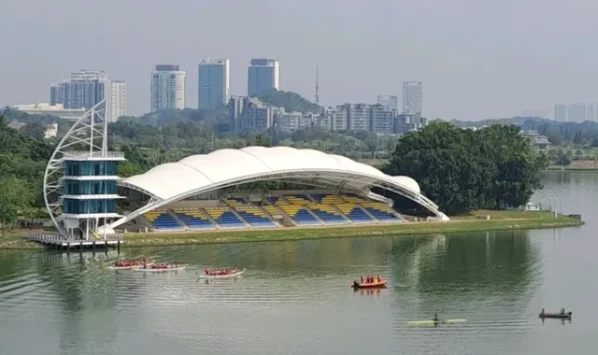
It’s a hot day. Your team’s in life vests, paddling across the lake in a half-stable raft they built themselves. Screams, splashes, strategy. Some fall in (gently), others steer them to victory.
Why does it work?
Encourages delegation, trust, and that priceless “we did it together” moment.
Best for what kind of team?
Teams that need to break hierarchy walls.
When should you plan for this outdoor activity team building?
Avoid year-end monsoon (Nov–Jan).
5. Corporate Sports Day Reboot — Shah Alam

No, not your primary school kind. We’re talking giant inflatable games, blindfold soccer, problem-solving relays, and tug-of-war with corporate spice. Easy to run at stadiums or fields in Shah Alam.
Why does it work?
Movement releases stress, and competition sparks energy.
Best for what kind of team?
Big teams across departments, company-wide events.
When should you plan for this outdoor activity team building?
March to October.
Looking for the perfect place to host your session? Don’t miss The Top Team Building Venues in KL for 2025. Handpicked spots that make planning easier.
Northern Malaysia
6. Penang Heritage Challenge — George Town

You’re solving puzzles in a shophouse, eating a task-linked char kuey teow, and racing up Armenian Street. The vibe? Cultural, chaotic, creative.
Why does it work?
Combines storytelling, movement, and Malaysian identity.
Best for what kind of team?
Diverse teams, creative agencies, regional offices.
When should you plan for this outdoor activity team building?
November to May.
7. Cave Exploration & Communication – Gua Tempurung
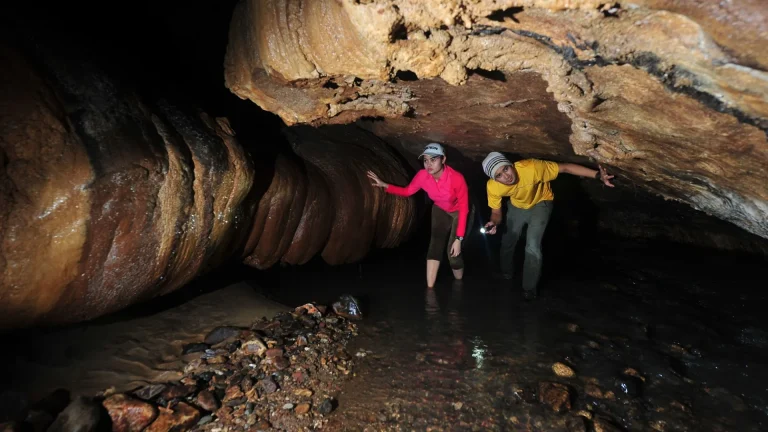
Inside the limestone cave, your team can only move forward if they follow orders clearly in the dark, in tight corners, with everyone depending on everyone.
Why does it work?
Strips away office roles. Everyone is equal underground.
Best for what kind of team?
Leadership programs, agile teams.
When should you plan for this outdoor activity team building?
Dry season (March to August).
8. Beach Relay Games — Batu Ferringhi
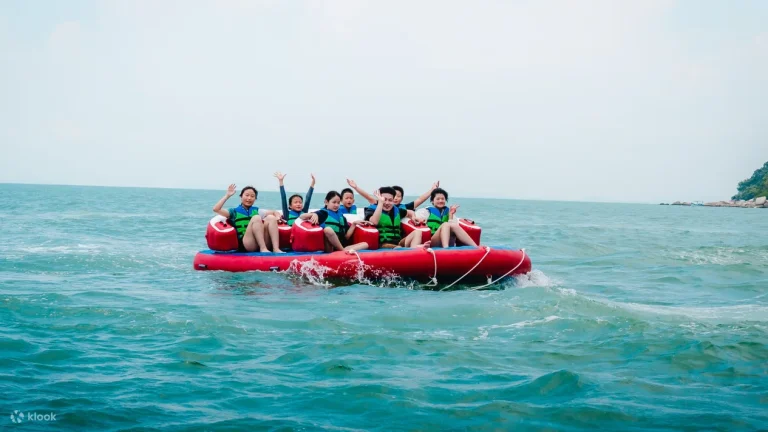
Think volleyball, balance beams in the sand, giant Jenga on the beach. Paired with sunset debriefs and BBQ.
Why does it work?
It’s light, casual bonding. Breaks silos gently.
Best for what kind of team?
Teams recovering from burnout.
When should you plan for this outdoor activity team building?
Anytime outside monsoon (Dec–Feb).
Still wondering if team building is worth the time and budget? Read our deep dive on Whether Team Building Really Works for Malaysian Companies in 2025 backed by local insights and results.
Southern Malaysia
9. Farm Challenge — Ayer Keroh, Melaka
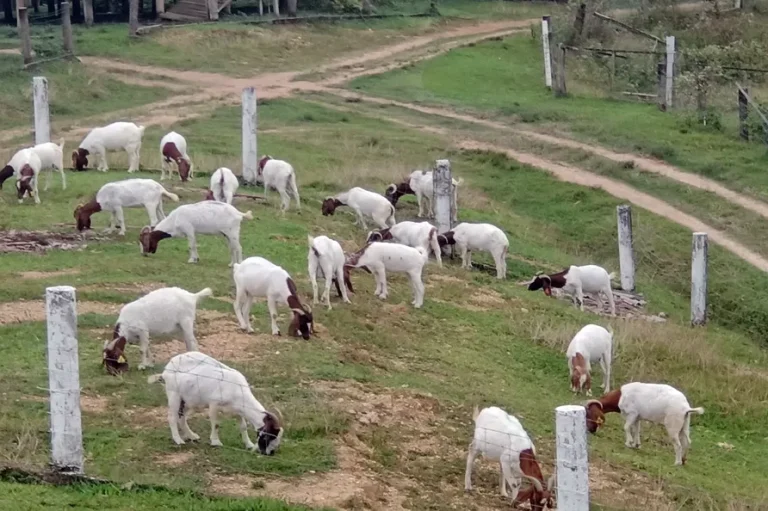
Teams are milking goats, catching ducks (ethically!), and prepping farm-to-table meals in a time trial. Who’s leading the animal team vs the cooking team? Chaos unfolds.
Why does it work?
Great for multitasking, leadership under pressure.
Best for what kind of team?
Operations, supply chain, fast-paced industries.
When should you plan for this outdoor activity team building?
Feb to August.
10. Kampung Olympics — Kluang, Johor
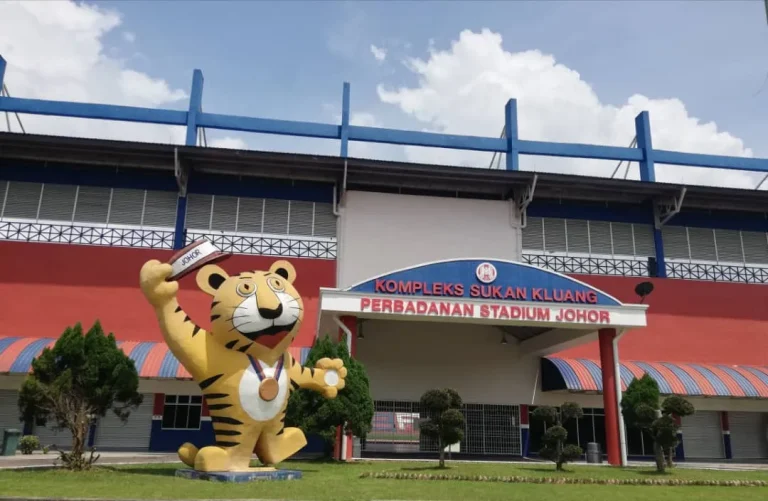
Tarik tali. Coconut bowling. Tikar challenge. Combine this with storytelling and traditional lunch for a full kampung day.
Why does it work?
Cultural roots + friendly competition = real connection.
Best for what kind of team?
Local companies, cross-generational teams.
When should you plan for this outdoor activity team building?
Year-round, but dry months better.
Pahang, Terengganu, Kelantan
11. River Tubing Relay – Ulu Tembeling, Pahang
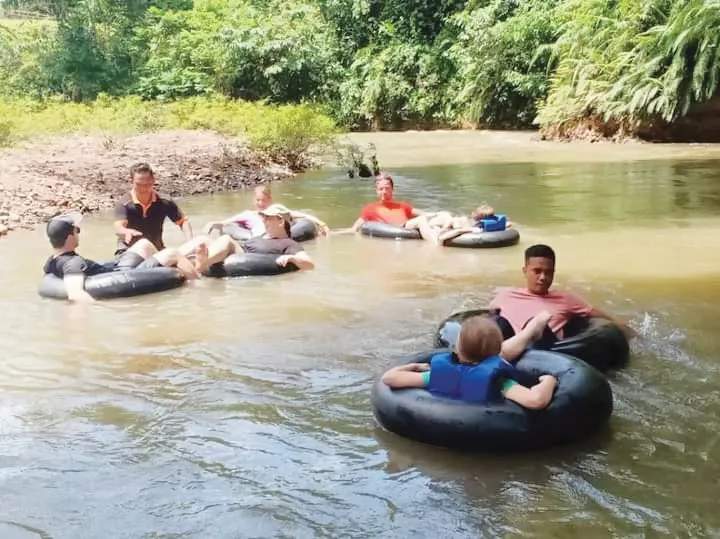
Imagine your team floating down a river on giant tubes, passing a baton mid-stream like a hilarious Olympic event. Laughter? Guaranteed. Communication? Unexpectedly crucial.
Why does it work?
No phones, just current, coordination, and current-level chaos.
Best for what kind of team?
Sales teams, remote teams meeting IRL for the first time.
When should you plan for this outdoor activity team building?
Skip November–January (rainy and slippery).
12. Survivor Island Challenge – Pulau Redang
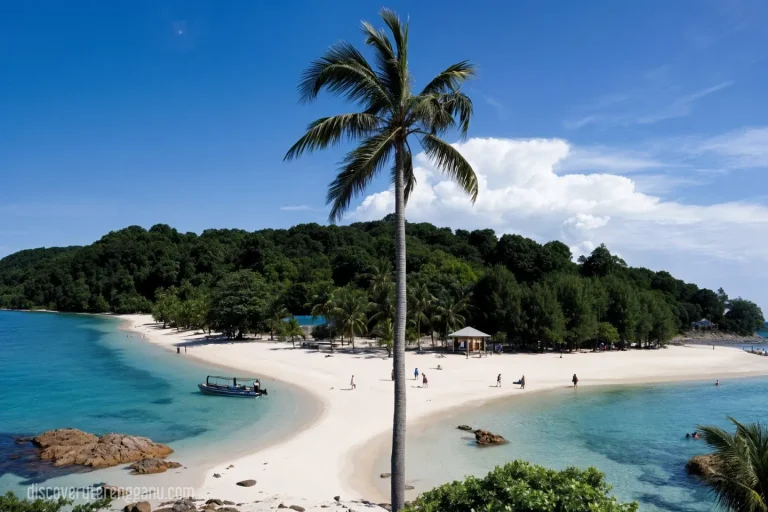
Split into tribes. Build shelter. Cook lunch with limited tools. Complete physical and mental trials to “win immunity.” And yes, there’s a team bonfire to wrap it all up.
Why does it work?
Encourages creativity, planning, leadership under pressure.
Best for what kind of team?
Management teams, high-performance groups.
When should you plan for this outdoor activity team building?
April–September (outside monsoon season).
13. CSR Tree Planting + Strategy Game – Setiu Wetlands
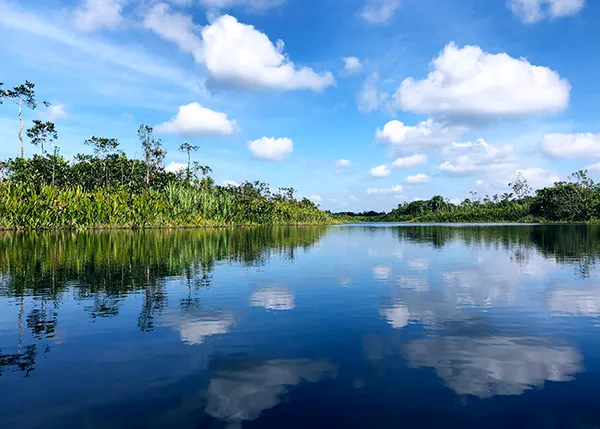
Start with a quick race to find missing planting tools, then assign roles and execute a mission: reforest part of a degraded wetland.
Why does it work?
Mixes ESG with real-world teamwork — and leaves a lasting legacy.
Best for what kind of team?
Purpose-driven companies.
When should you plan for this outdoor activity team building?
Dry season, March to August.
14. Beach Build + Pitch – Pantai Irama, Kelantan
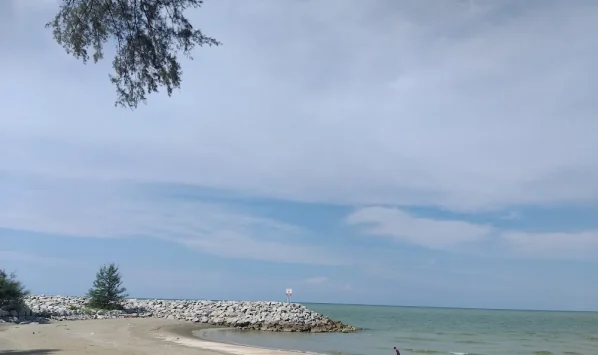
You’re given ropes, bamboo, and cloth. Your task? Build the tallest, most creative team structure in the sand and pitch it Shark Tank-style.
Why does it work?
Sparks creativity, roles naturally emerge (builder, speaker, planner).
Best for what kind of team?
Agencies, product or creative teams.
When should you plan for this outdoor activity team building?
February to October.
15. Sand Obstacle Dash – Pantai Batu Burok, Terengganu
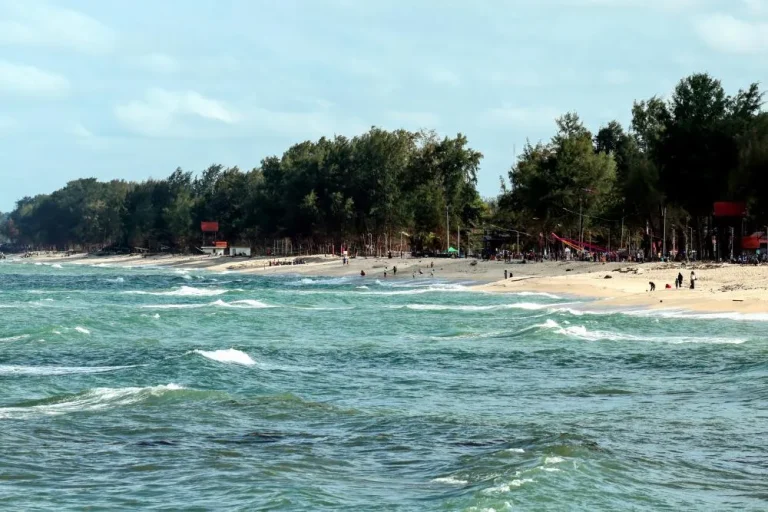
Low ropes, balancing beams, teamwork tunnels — all on hot sand. Followed by a coconut shake cooldown. Competitive, but chill.
Why does it work?
Low-impact fitness + high-level bonding.
Best for what kind of team?
Cross-department teams, onboarding sessions.
When should you plan for this outdoor activity team building?
March–September.
Not sure which activity suits your team best? Our guide on Choosing the Best Team Building Training for Your Team in Malaysia breaks it down by team goals, energy levels, and outcomes.
Sabah & Sarawak
16. Basecamp Breakthrough – Kinabalu Park, Sabah

No summit needed. Teams camp overnight at basecamp and tackle team challenges: fire-starting, direction-finding, and altitude-friendly puzzles.
Why does it work?
Disconnects your team from WiFi, reconnects them to each other.
Best for what kind of team?
Leadership retreats, vision setting.
When should you plan for this outdoor activity team building?
March–August.
17. Rainforest Puzzle Quest – Bako National Park, Sarawak
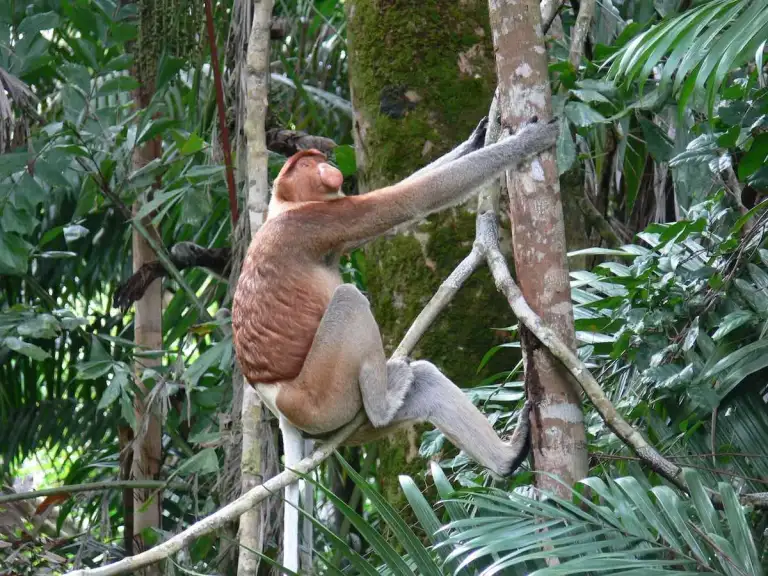
Picture trekking through the rainforest with a map, looking for puzzle stations. Each station requires different team members to step up: logic, memory, physicality, or creativity.
Why does it work?
Promotes inclusion. Every personality type gets a hero moment.
Best for what kind of team?
Tech teams, mixed departments.
When should you plan for this outdoor activity team building?
Dry season (May–September).
18. Cultural Relay – Mari Mari Cultural Village
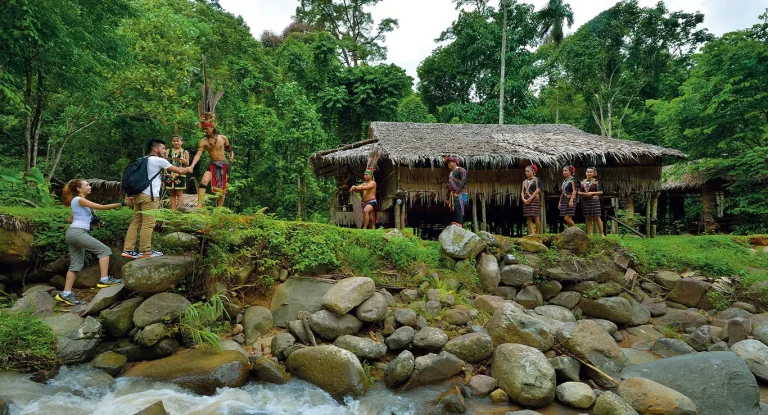
Split teams rotate through cultural tasks: fire-making, bamboo cooking, blowpipe target shooting. You earn points, stories, and respect.
Why does it work?
Builds empathy, appreciation, and fun rivalry.
Best for what kind of team?
Regional, multicultural teams.
When should you plan for this outdoor activity team building?
Year-round.
19. Mangrove Challenge – Kota Kinabalu

Your team’s in a kayak, navigating tight mangrove paths, solving riddles hung from trees. One wrong turn and you double back.
Why does it work?
Hones focus, communication, and resource planning.
Best for what kind of team?
Teams that over-rely on digital communication.
When should you plan for this outdoor activity team building?
April to August.
20. Sabah Wildlife Quest – Lok Kawi
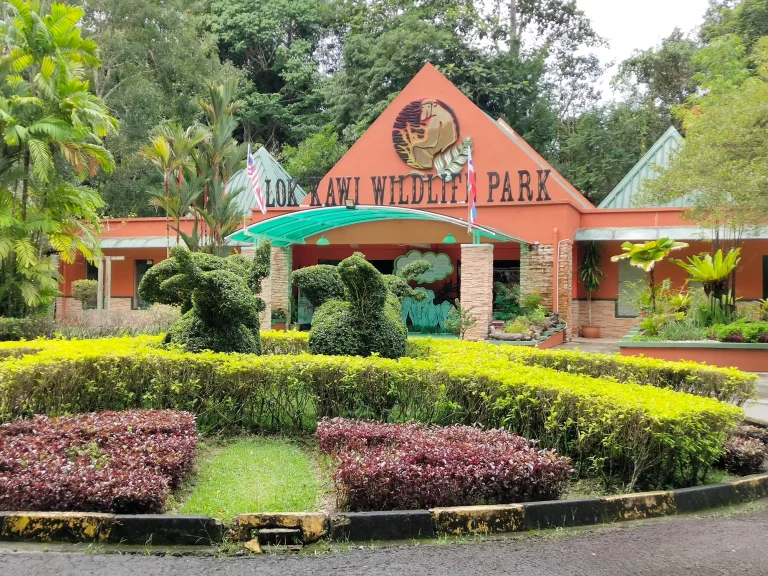
Scavenger hunt meets zoo visit. Teams have to identify species, complete animal-themed tasks, and crack conservation-related riddles.
Why does it work?
Perfect for light bonding with a CSR twist.
Best for what kind of team?
Family-friendly company days, NGO partners.
When should you plan for this outdoor activity team building?
Year-round.
Bonus: Offbeat Outdoor Activity Team Building That Can Happen Anywhere in Malaysia
21. Night Trail + Reflection Walk
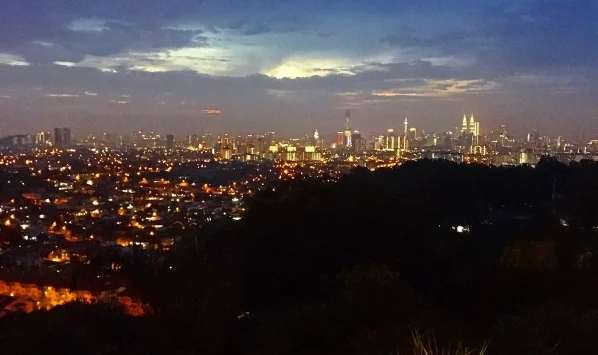
Trekking with torches in the dark, ending with a silent circle where each member shares one strength they saw in someone else that day.
Why does it work?
Powerful for emotional connection and awareness.
Best for what kind of team?
Teams needing a reboot.
When should you plan for this outdoor activity team building?
Any dry season.
22. Outdoor Debate Showdown – Rooftop Lawn or Amphitheatre
Assigned roles. Funny prompts. Limited time. Let the outdoor debate begin. (e.g. “HR should be allowed to spy on our WhatsApp groups — yay or nay?”)
Why does it work?
Encourages critical thinking, public speaking, laughter.
Best for what kind of team?
Marketing, HR, Sales teams.
When should you plan for this outdoor activity team building?
Anytime with shade.
23. Flash Mob Mission – Park or Public Space
Teams get 30 mins to plan and execute a flash mob (dance, chant, or frozen pose) with a theme like “Teamwork” or “The Office Chaos.”
Why does it work?
Breaks inhibitions. Builds camaraderie fast.
Best for what kind of team?
Gen Z-heavy teams, startups.
When should you plan for this outdoor activity team building?
Weekday mornings (less crowd).
24. Outdoor Story Circle – Under the Stars
Bring mats, snacks, fairy lights. Each team tells one “work moment that changed everything.” Funny, moving, and real.
Why does it work?
Builds empathy and humanises colleagues.
Best for what kind of team?
Teams with past conflict or silo issues.
When should you plan for this outdoor activity team building?
Night-time, dry months.
25. DIY Amazing Race at a Park
Let your team design the clues, set the routes, and plan the prizes. You’ll be surprised how much ownership builds energy.
Why does it work?
Peer-led team building often works better than facilitator-led.
Best for what kind of team?
Teams that love taking the lead.
When should you plan for this outdoor activity team building?
Year-round.
26. Field Kitchen Cook-Off
You bring portable stoves, random ingredients, and let teams go wild with “mystery box” cooking. Bonus points for branding the dish.
Why does it work?
Chaos + coordination = memorable bonding.
Best for what kind of team?
Creative industries, R&D, internal comms.
When should you plan for this outdoor activity team building?
Mornings or late afternoons.
27. Blindfold Trust Maze
Create a rope maze in a park. One person is blindfolded, the other can speak but not touch. Switch roles halfway.
Why does it work?
Builds deep trust fast.
Best for what kind of team?
New hires, mentorship programs.
When should you plan for this outdoor activity team building?
Anytime dry.
28. Trash-to-Treasure Hackathon
Pick a public area. Each team collects waste and turns it into a functional object, product, or performance (e.g. build a chair, write a rap).
Why does it work?
Boosts creativity, ESG values, and team laughter.
Best for what kind of team?
CSR-focused companies, Gen Z teams.
When should you plan for this outdoor activity team building?
Earth Day? Anytime, really.
29. Silent Strategy Game – Open Field
No talking allowed. Just signals. Your task: build something, arrange yourselves, or win a challenge silently.
Why does it work?
Hones non-verbal leadership and awareness.
Best for what kind of team?
Communication-heavy teams.
When should you plan for this outdoor activity team building?
Anytime.
30. Sunrise Climb & Vision-Setting – Broga Hill
End the list strong. Team meets at 5AM, hikes in near-silence, watches the sunrise, and journals one personal goal + one team hope. Share over breakfast.
Why does it work?
Grounding, beautiful, honest.
Best for what kind of team?
Teams doing a new-year refresh or post-project reflection.
When should you plan for this outdoor activity team building?
February–August, early mornings.
Why Outdoor Team Building Works Better Than Indoor Activities?
When you’re outdoors, no one’s the “boss.” You’re just people. Solving problems. Relying on each other. Laughing when someone falls in the water or forgets a clue.
And that’s when the real team building happens.
At Vision Building, our approach is simple: people first, results next. Whether it’s a full-day retreat or just an afternoon recharge, every session is designed to be vision-driven, meaningful, and something your team wants to talk about after.
Planning Tips Before You Book for Outdoor Activities
- Avoid November–January for most water or jungle-based activities (Malaysia’s rainy mood swings are no joke).
- Don’t force everyone to participate in physical-heavy games because inclusivity is key.
- Match the activity intensity with your team culture: creative teams love quirky games, while ops teams love pressure-based challenges.
- Always do a pre-assessment to understand team dynamics and needs.
Planning with HRDC in mind? Here’s how to check if your activity is claimable: Is Your Team Building HRDC-Claimable?
Conclusion: Outdoor Activity Team Building Hits Different
You don’t need a fancy ballroom to build a high-functioning team. You need space, intention, and the right kind of activity that speaks to your team’s real needs.
From jungle trails to rooftop debates, outdoor activity team building gives your people a way to reconnect with each other, and with the purpose of your company.
So, ready to plan something that actually works?
Contact us here and we’ll suggest activities tailored to your goals, energy levels, and budget.